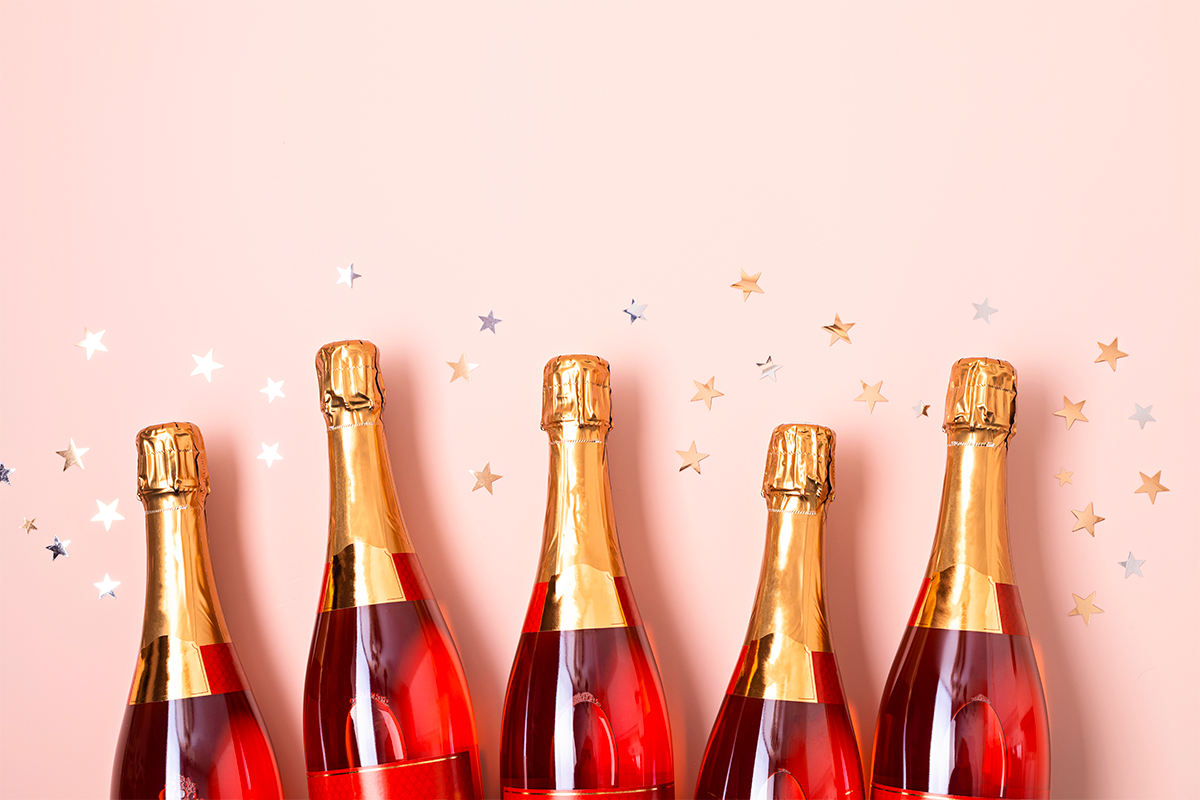Champagne is the bottle for special occasions. It is the best wine for a birthday, a wedding or any kind of party. However, it is not enough to like drinking champagne. It is also necessary to know how to recognize the quality of a real bottle through the indications and the taste. Today there are several drinks that perfectly imitate champagne, but are not. How not to be fooled when buying? We tell you everything.
Check the origin
The first thing to check to attest the quality of a real bottle of champagne is to find out where it comes from. To do this, know that a real bottle of champagne must necessarily have the name « ‘Champagne »‘ written on it. The appellation is protected and any usurpation is severely punished.
The bottle can also give you more information. You must have noticed two letters affixed on the bottles of champagne that you have had to hold in your hands. They inform about the status of the bottler. These initials precede the registration number issued by the Comité Interprofessionnel des Vins de Champagne. They are the letters RM, NM, SR, RC, CM, MA and ND. What message do they convey?
To recognize a real bottle of champagne by the initial it bears
The initials give information about the quality of the producer. By knowing how to decode them, you will know at first glance if the bottle in front of you is a bottle of champagne and if it is original.
RM, SR and NM (the most interesting): made by the winemaker.
More specifically, RM stands for Récoltant manipulant. Basically, it is the winemaker who harvests the grapes, produces and markets the champagne himself. NM stands for Négociant Manipulant. It is either a company or a farmer who buys the grapes. With the help of these, he produces and markets champagne. The SR stands for Société de Récoltant. It is an association of several winegrowers who produce and market the champagne.
RC and CM mean that the champagne was made in cooperative.
The Récoltant coopérateur (RC) reserves his grapes to the vats of a cooperative once the harvest has been made. The bottles are sent to him after disgorging and he markets them in his own name. As for the handling cooperative (CM), it takes the grapes supplied by the members to make the champagne.
MA and ND mean that the champagne is sold in trade.
The first one, MA, stands for Marques Auxiliaires. They are brands that buy the bottles, stamp them before selling them. As for the second, ND, it is about Distributors Traders. These are individuals or companies who buy the wines and put their names on them before marketing them.
You now know everything about the origin of the wine bottles. The initials that bring more security are, as mentioned above, RM, SR and NM.
It is good to know that the inscriptions dry, brut, semi-dry do not give any information on the quality of a champagne.
Pay attention to the crus and grape varieties
Champagne is made on the basis of different crus and grape varieties. Knowing them will allow you to distinguish a real bottle from a fake one. The main grape varieties used to make champagne are pinot noir, chardonnay and pinot meunier.
The chardonnay gives fruity aromas of citrus fruits, hazelnut and brioche. It is the only grape variety used to make white champagnes. Pinot meunier and pinot noir are grape varieties of the same family. They give fruity aromas with notes of undergrowth, more animal or leather.
They are the only ones used in the blanc de noir champagnes. Pressed with the skin, they produce a rosé champagne. When these three grape varieties are blended, the flavor of the champagne becomes full. If Chardonnay predominates over the other two grape varieties, a champagne made with traditional methods can give, over the years of ageing, dried fruit aromas.
The bubble
Bubbles in a glass never lack charm. Better still, we appreciate them more when they are fine and light. On the other hand, large and random bubbles are not very attractive. But bubbles don’t just send an aesthetic message. No. Their fineness is an unavoidable criterion that informs about the quality of the champagne wine. For the same amount of carbon dioxide, fine bubbles are more numerous than large bubbles. The finer the bubbles, the more exquisite and refined the flavor. Each of the fine bubbles awakens the taste sensors and the consumer has the opportunity to better appreciate the beverage. Large bubbles are more aggressive and less pleasant.
Consider the price of the bottle
To recognize that you have indeed champagne wine in your hands, you must also evaluate the selling price. On average, it takes 15 euros to buy a bottle of wine at the lower end of the market. From there, prices can soar into the thousands of euros depending on whether you are dealing with an exceptional vintage, a grand cru or a great house.
